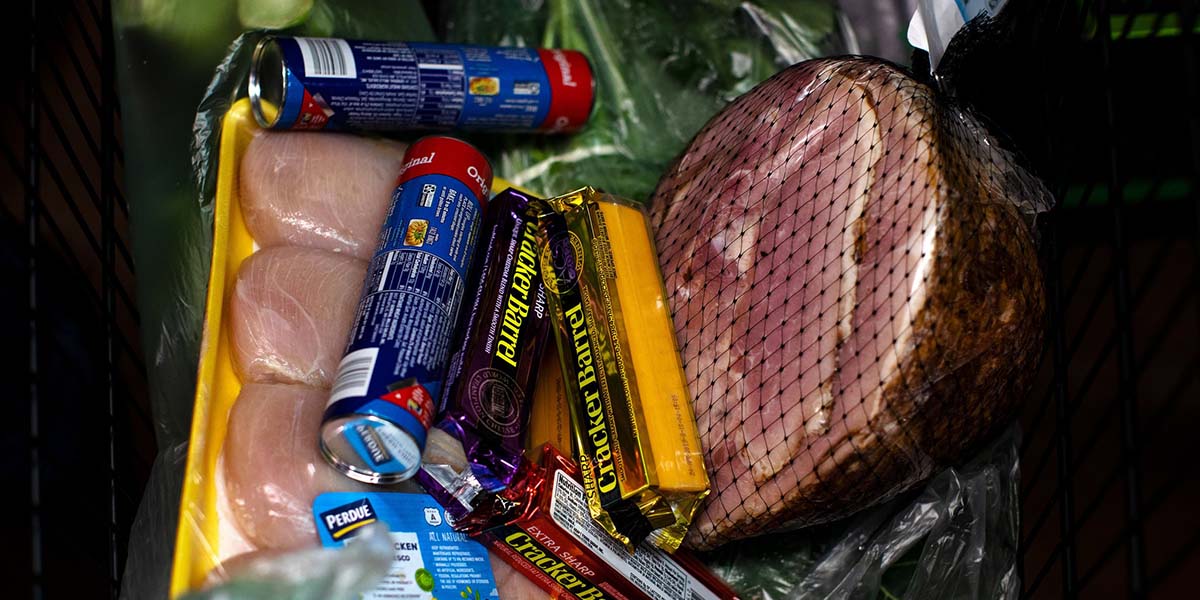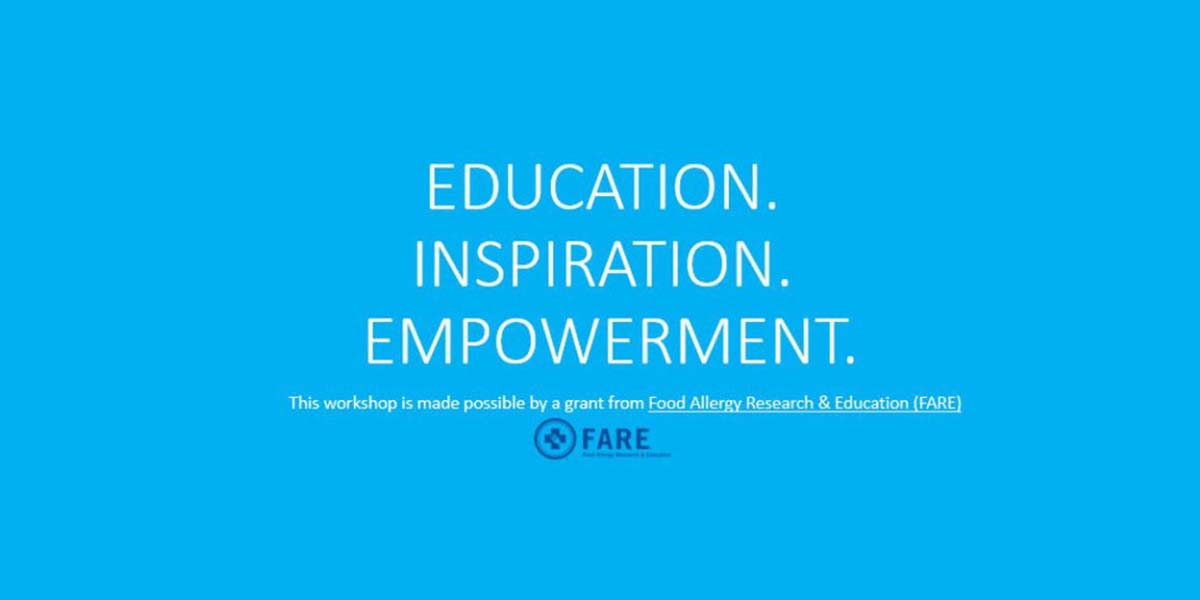Patients often ask for reasons we have seen an increase in allergic diseases, including asthma,…

An Allergy Hard to Swallow
Do you have difficulty or pain swallowing food? Does food get stuck in your throat? Do you have frequent heartburn? Does your child regularly complain of abdominal pain or experience vomiting, trouble eating, or difficulty gaining weight? Do they refuse to eat? Although these symptoms may be related to a variety of diseases, one disorder should be considered. It is an increasingly important disease called eosinophilic esophagitis (EE). There has been a dramatic increase in EE over the last several years.

EE is an inflammatory condition of the esophagus that can cause it to narrow or thicken.
Additionally, rings and strictures can also form. People with EE commonly have food allergies or intolerances and most who eliminate certain food proteins from
their diet improve. EE is also commonly associated with other allergic diseases such as pollen or animal allergies, asthma and/ or eczema. EE affects people of
all ages and ethnic backgrounds.
Males are more commonly affected than females. In certain families, there may be an inherited tendency.
Diagnosis
Presently, the only way to diagnose EE is through endoscopy with biopsies. A board certified gastroenterologist usually performs this procedure. They may be able to see a problem through the endoscope, but eosinophilic esophagitis may be resent even if the esophagus looks normal to the doctor. That is why the biopsy samples are important in making the diagnosis of EE.
Once the diagnosis of EE is confirmed,
allergy testing is typically requested. Allergy testing should be performed by omeone certified by the American Board of Allergy and Immunology. In many situations, avoiding ‘allergens’ that trigger the inflammation will be effective treatment. The allergy testing will nclude skin prick testing to foods and environmental allergens and may also include patch testing.
Treatment
Currently, the two main treatments include dietary management and topical orticosteroids. Dietary restrictions are guided by food allergy testing and finetuned with food trials. Elemental
diets, where all sources of protein are removed from the diet, may also be implemented.
Despite the effectiveness of elemental formulas in treating patients with EE, they are not covered by most insurance companies because they are expensive.
The Utah EE Support Group is currently leading legislative efforts to try and mandate that insurance companies not deny
patients necessary coverage for these effective formulas.
For many patients, swallowed topical corticosteroids have led to EE remission. Patients with EE will require on-going monitoring and follow-up care. They need
dietary and nutritional monitoring and additional endoscopies to assess how the esophagus is responding to specific treatment.
Allergists, gastroenterologists, and nutritionists should work together in guiding care. Physicians are working to discover other methods of monitoring and diagnosis. Novel medicines are also being tested that may help with future management
of EE. The initial diagnosis of EE can be overwhelming and often affects the entire family.
A positive attitude and proper treatment can go a long way in assisting individuals with EE leading a normal life.



